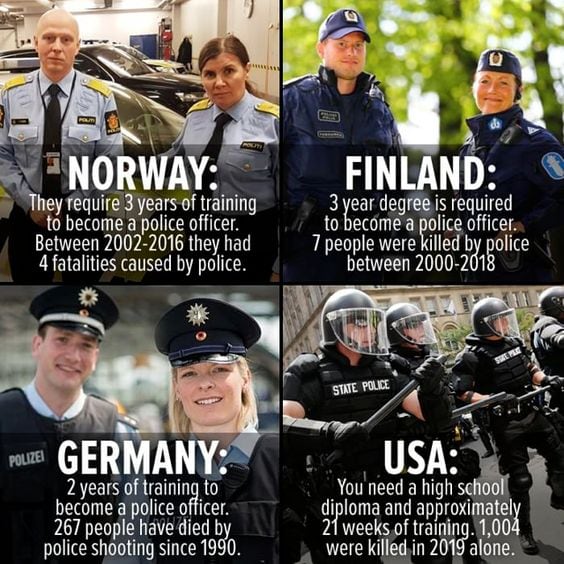
Introduction
Racial disparities have long pervaded every step of the criminal justice process, from police stops, searches, arrests, shootings and other uses of force to charging decisions, wrongful convictions, and sentences. footnote1_t3c8c9h1 As a result, many have concluded that a structural or institutional bias against people of color, shaped by long-standing racial, economic, and social inequities, infects the criminal justice system. footnote2_f8ppena2 These systemic inequities can also instill implicit biases — unconscious prejudices that favor in-groups and stigmatize out-groups — among individual law enforcement officials, influencing their day-to-day actions while interacting with the public.
Police reforms, often imposed after incidents of racist misconduct or brutality, have focused on addressing these unconscious manifestations of bias. The U.S. Department of Justice (DOJ), for example, has required implicit bias training as part of consent decrees it imposes to root out discriminatory practices in law enforcement agencies. Such training measures are designed to […]












I totally agree that our police must have a better training experience before becoming an officer; maybe even a degree in psycology.
Also, I believe the police are taught to aim for center mass when shooting instead of just wounding a culprit to bring them down. I would make a law against this type of shooting with a more just way of shooting only when absolutely necessary, and then NEVER aiming for shooting toward center mass in encounters. We should have NO killing of citizens by police or sheriffs. That is my final word on the subject, except for making it illegal for police and sheriffs to kill anyone.